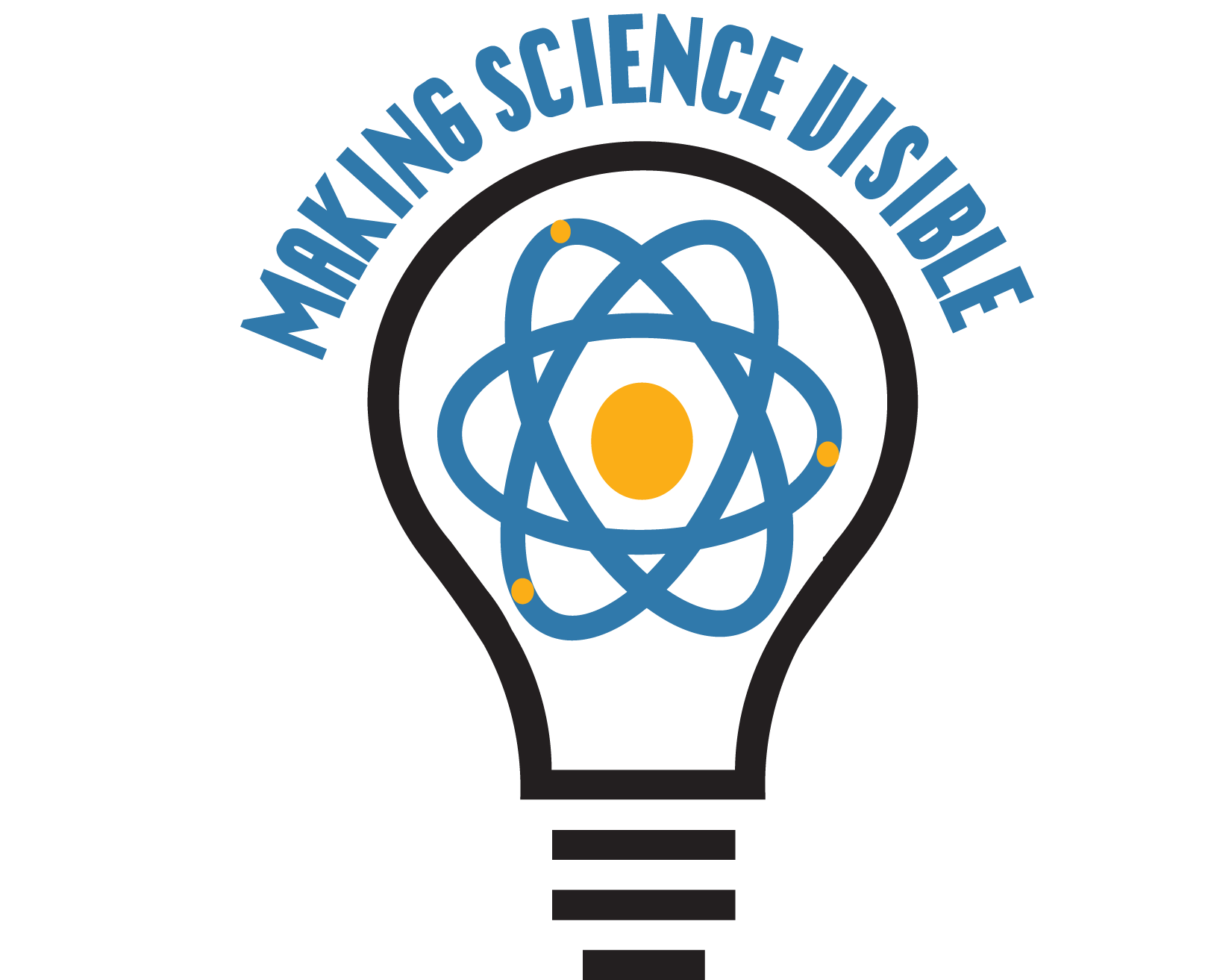This project is studying how interactive, dynamic visualizations engage linguistically diverse students in discourse-rich science practices while exploring complex scientific phenomena. Collaborating with science and English as a second language (ESL) teachers at Title I schools, we develop visualizations (e.g., simulations, animations, and modeling tools) and inquiry-based projects through design-based research.

Middle school students need to understand complex scientific systems through language-intensive science practices, such as developing models and analyzing data. While many students struggle with science practices, the challenges are amplified for ELs who are simultaneously developing proficiency in English.
To support all students in linguistically diverse science classrooms, we partner with eighth-grade science and ESL teachers to develop, test, and refine inquiry-based science materials featuring interactive, dynamic visualizations in physical and life sciences.
Our visualizations explicitly depict unobservable processes, such as relationships between energy, matter, and physical states, while providing students with multiple representations of content (e.g., molecular and macro animations, text, dynamic graphs, and symbols) to help reduce linguistic barriers to science learning.
Our visualizations are supported by scaffolding approaches, such as automated feedback and prediction-reflection prompts, to engage ELs in discourse-rich science practices. For example, students design virtual experiments exploring photosynthesis and cellular respiration by using simulations to explore content, analyze data, and reflect on their work to develop written explanations. Students also use modeling tools to develop visual models of abstract phenomena, such as how water molecules move during a phase change. Automated feedback helps students revise their models and link macro to micro changes.
Our findings from pre-post assessments and video data show that visualizations are significantly effective in not only improving both ELs’ and non-ELs’ understanding of scientific phenomena, but also in supporting their engagement in discourse-rich science practices. For instance, using scaffolded visualizations increased the opportunities for ELs to interpret multiple representations (e.g., dynamic graphs, animations, and explanations) of unobservable molecular phenomena. ELs also more frequently negotiated with partners about how to connect various sources of evidence to make sense of the visualizations. During this process, ELs used a wide range of linguistic and non-linguistic resources to communicate and refine their ideas.